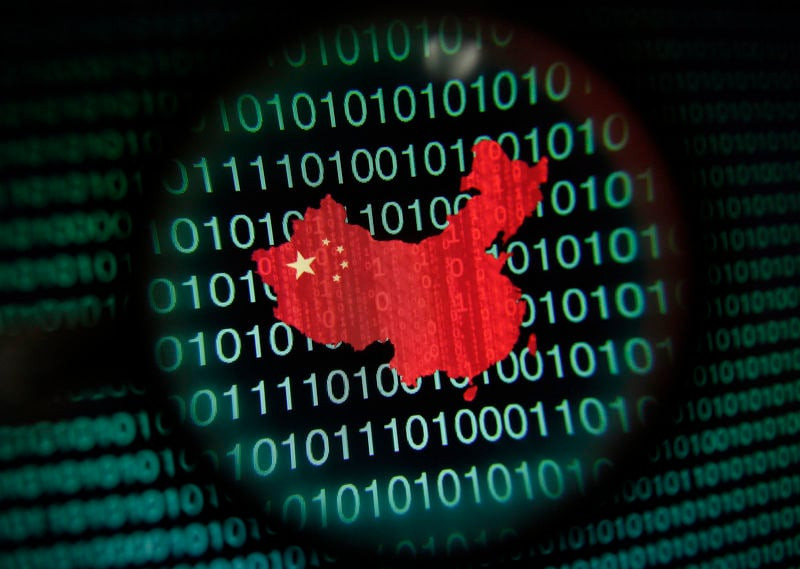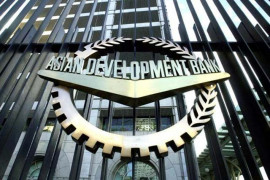
The world has become accustomed to electronics, toys, and textiles products with the "Made in China" label for the past twenty years. However, new high tech Chinese-made items are starting to dominate the international market, which is causing problems for the high tech industries of Europe and US.
As per US treasury secretory, “China is now simply too large for the rest of the world to absorb this enormous capacity” and also warned about “China Shock 2.0”. Europe is also in panic mode about the future of its high-tech industries. The statements by US and EU officials about Chinese “over capacity” has generated a new debate across the world. The word "overcapacity" coined by the west refers to excess production capacity, which implies rejecting China's standing as a market economy.
Between 2001 and 2019, US claimed that China shock was responsible for 59.3% of all manufacturing job losses in the United States, primarily in labor-intensive industry. At that time, 30% of US workers were employed in manufacturing related industry during 1950s. Before China joined the WTO in the early 2000s, this percentage had already dropped to 15%. The main cause of this decline was adaptation of technology, automation, and digitization in industrial sector. The Chinese manufacturing industry speed up the entire process, perhaps what would have taken 20 years in a regular setting only took about 10 years.
China's manufacturing industry has a unique blend of four characteristics due to its economic policies. First, it has 30% manufacturing share of the world market. Second, the wages are still comparatively low. The ability to use cutting-edge technology is the third essential, and enormous, ongoing state backing for these industries is the fourth. The combination of these four factors is unprecedented in history, and as a result, west is going to experience “China Shock 2.0”, this time focused on advanced high tech products. This will put pressure on Europe, Japan, South Korea, and the US, as well as create new shocks that will ripple through the next four to ten years.
China has established a strong competitive advantage in three clean technology sectors: electric vehicles, solar energy, and lithium-ion batteries. China now dominates the global solar industry. According to the International Energy Agency, Chinese companies account for more than 80% of the global market at every stage of the manufacturing process. Over the course of the last three decades, industrial policy, state subsidies, innovation, intense competition, and economies of scale have propelled Chinese solar companies to a level of global competitiveness that few others can compete. In the shadow of their success, hundreds of solar companies in the US and Europe declared bankruptcy.
The fact that China is overtaking them, so the term “overcapacity” was coined and highlighted in mainstream media during this US election year. US Sectary of State Blinken also raises the issue of “overcapacity” in the solar industry. As far as global demand for green energy is concerned, Chinese capacity is not excessive, however it seems that the real problem is not over capacity, but “over anxiety” of US.
China focuses on new markets for its clean technological exports. Its aim is the global south, fast growing populous and energy-hungry parts of the world, who are trying to transit to clean energy as soon as they can. Europe and Asia are the largest export markets for China’s solar companies in 2023 with Europe forming 40% of all the China’s solar exports and Asia making up 23%.
The automotive industry, like in, Europe, including the United States, are in a state of decline. The automotive industry, like in, Europe, including the United States, are in a state of decline. Chinese automaker BYD has a lot to celebrate in 2023 it became the world's biggest electric vehicle or EV seller - a title it claimed from US company Tesla those results forced Tesla to slash prices of its cars across the globe in first quarter 2024. The dream of electric car industry is not new in china. Qian Xuesen the father of China’s nuclear bomb and satellite programs, said “we could not compete with Western developed countries in traditional automobiles. So china has to develop the electric cars in future”. China EV dream came true due to its state policies and high tech development in this sector.
The narrative of “China Shock 2.0” is mainly US centric and as per China, the story is totally different. China has risen significantly up the industrial value chain, going from making low-value goods to controlling high-tech industries like electronics and renewable energy. Chinese success is attributed to unfair trade tactics and governmental subsidies is just a western political narrative.
Usama Gurmani specializes in strategic communication, crisis management and public relations. He holds MPhil degree in Peace and Conflict Studies. He can be reached at usamagurmani994@gmail.com


















COMMENTS
Comments are moderated and generally will be posted if they are on-topic and not abusive.
For more information, please see our Comments FAQ